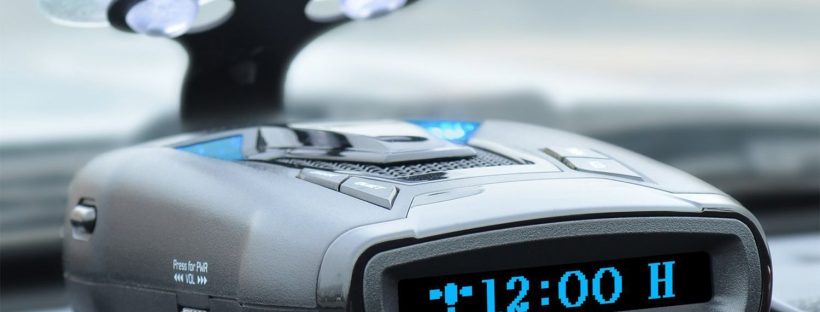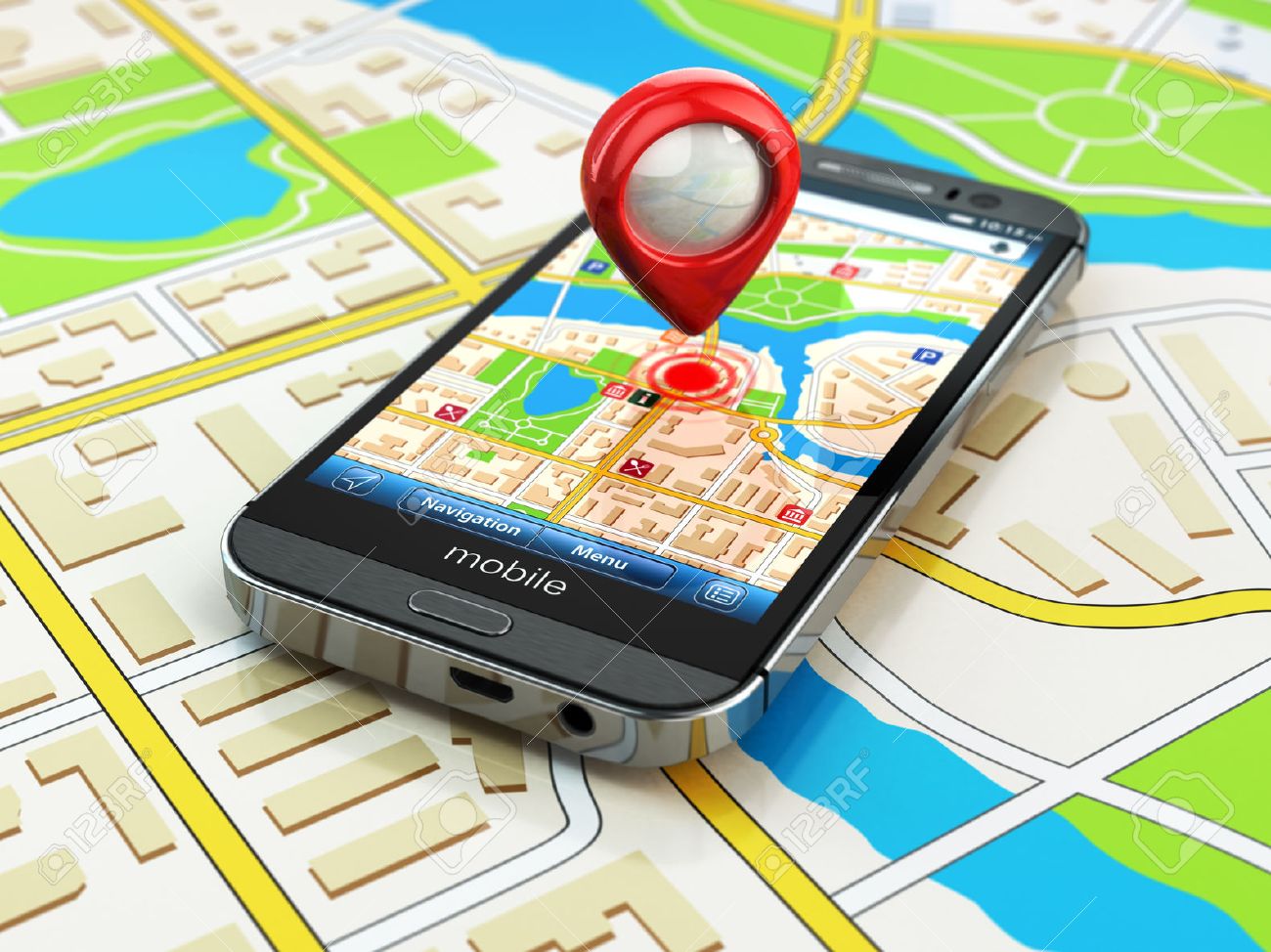Police laser operates differently than radar, which sends out a pulse of electromagnetic (EM) energy, also referred to as RF energy.
The radar beam starts out as a small diameter pulse but grows quite rapidly as distance increases from the gun; such that at 1000 feet, the EM pulse is 300 feet tall and 600 feet wide. If 6 vehicles were hit by the RF energy (six vehicles driving down a 3 lane interstate), 6 pulses would come back to the radar gun, and the radar gun would detect the largest signal of the 6 signals present.
Because a radar signal is so large traveling down the road, a radar detector could be located nearly anyplace around the vehicle, and it will detect the radar signal. However, laser can only be detected at the point where a laser gun is aimed. This is because a laser beam is about 9” wide at 600 feet distance. If a laser gun is aimed at the license plate, the beam is so small, none of the laser signal would be detected up in the windshield.
Thus, a radar detector with laser detection installed in the windshield would not even detect the laser beam on the license plate (or headlights or bumper for that matter). This means the beam of a laser gun can actually target a single vehicle out of let’s say six vehicles driving down the interstate. The laser gun can target and detect that single vehicle in less than ½ second after the trigger is pulled, while the surrounding vehicles would not detect the laser beam as it passed right beside their vehicle.
With radar, you will know it is present because the signal is so large, it is detected by many people at one instant in time. Laser, due to its targeting features, will target you the driver and nobody else for that period of time. Once the trigger is pulled, the only defense to the laser gun is to instantly jam the laser gun as it attempts to target your vehicle speed.



